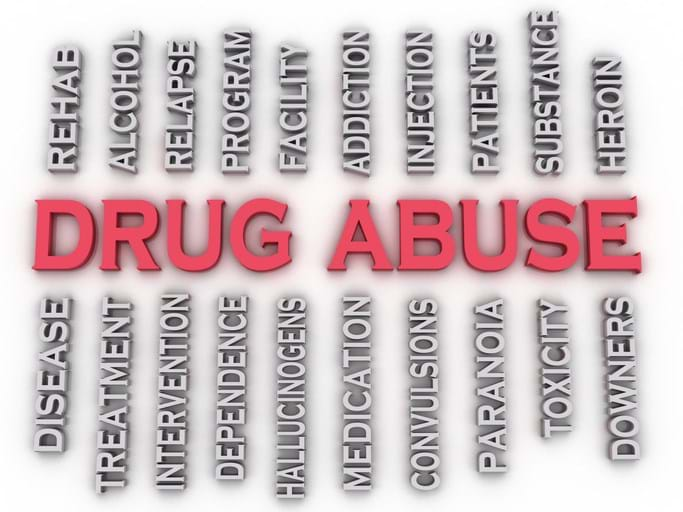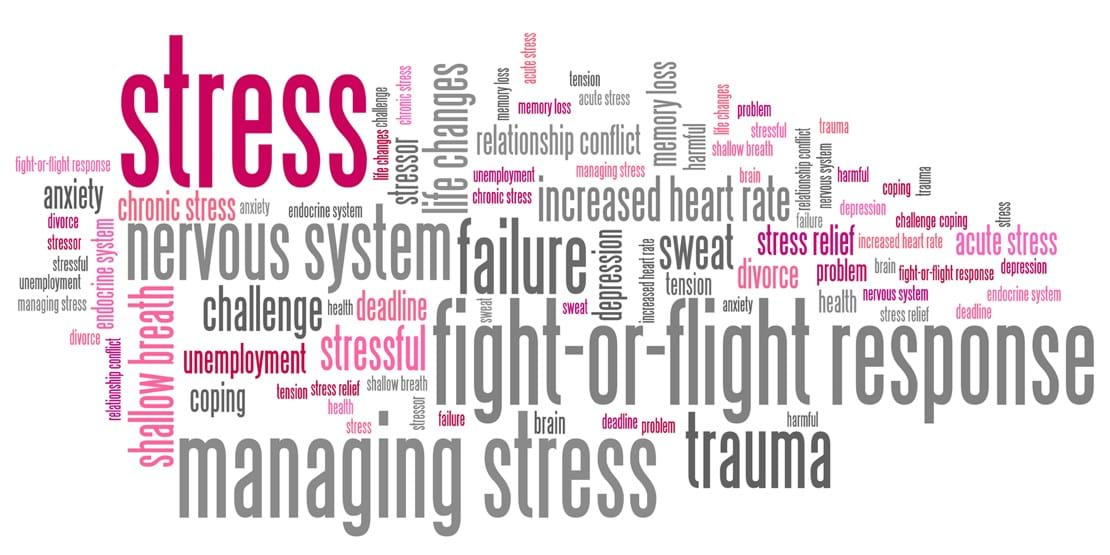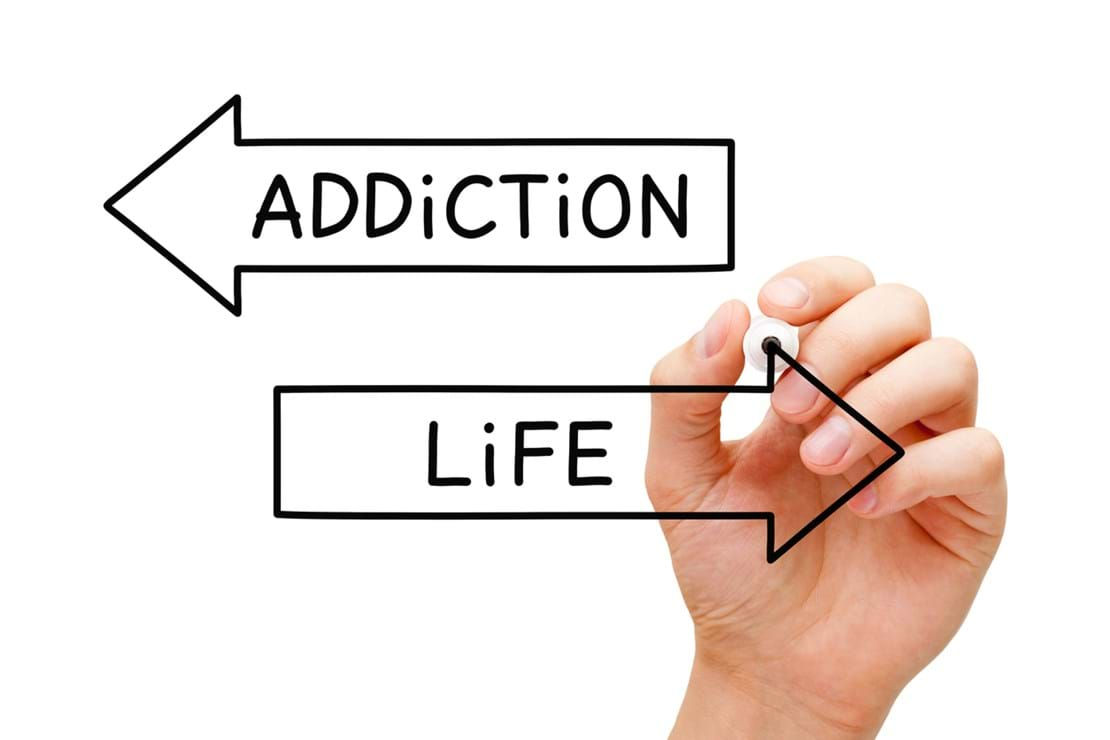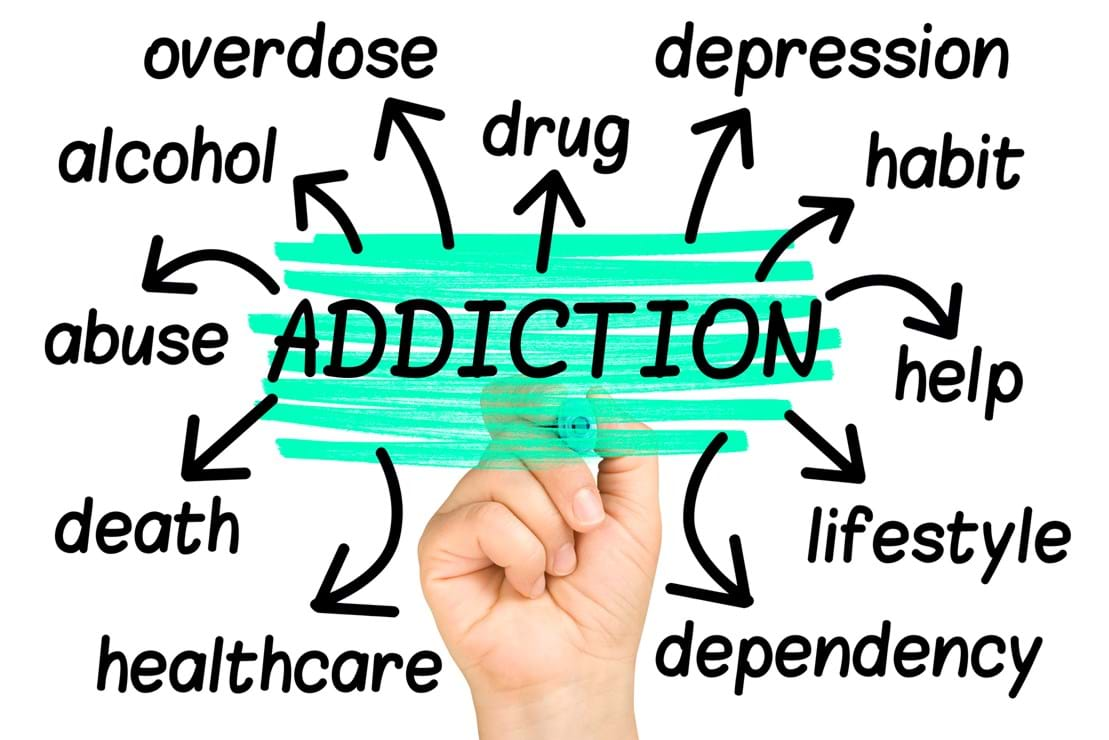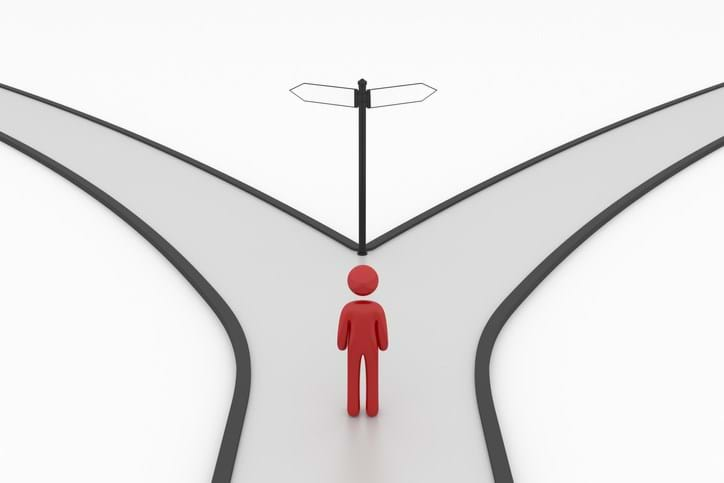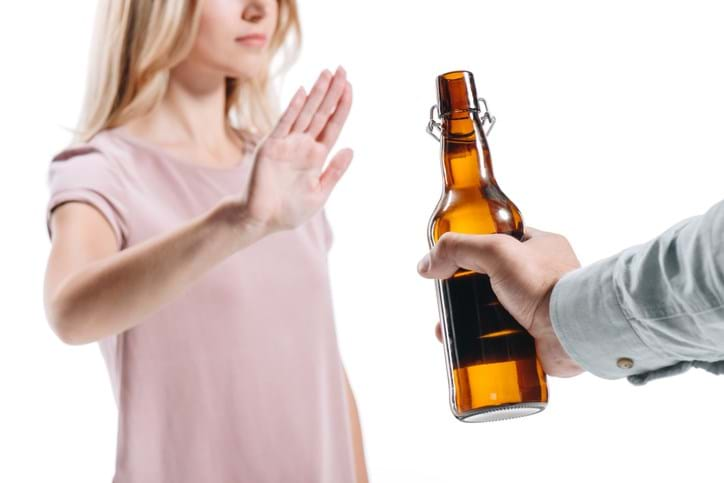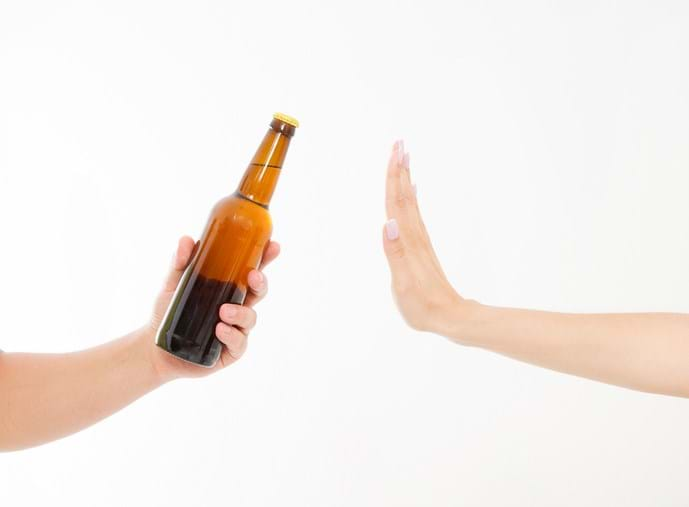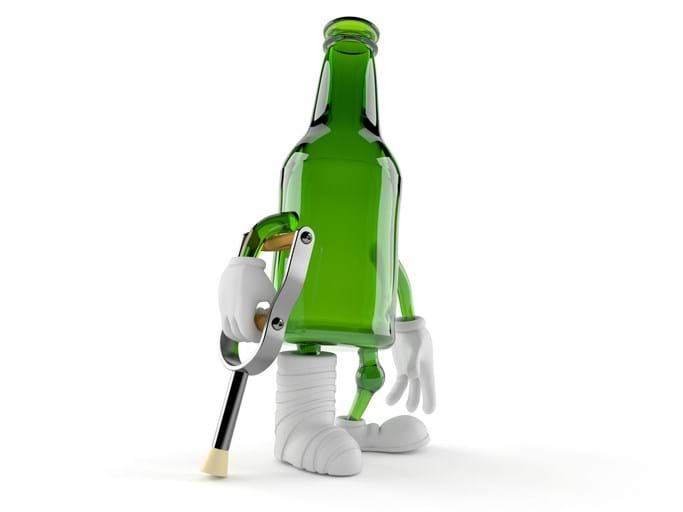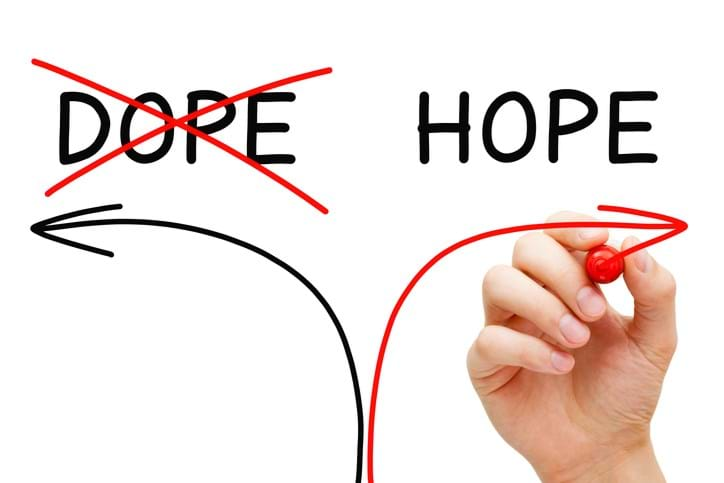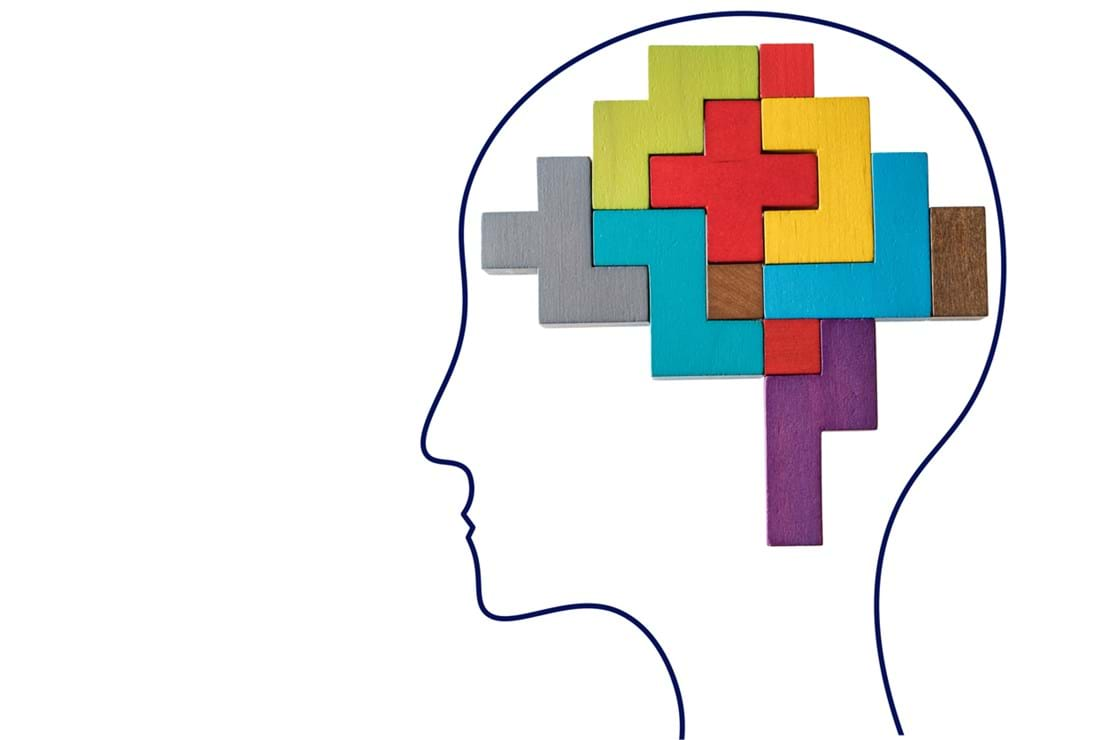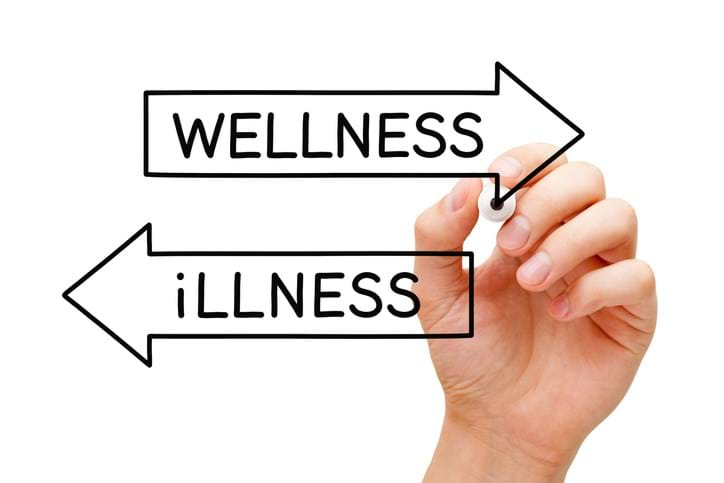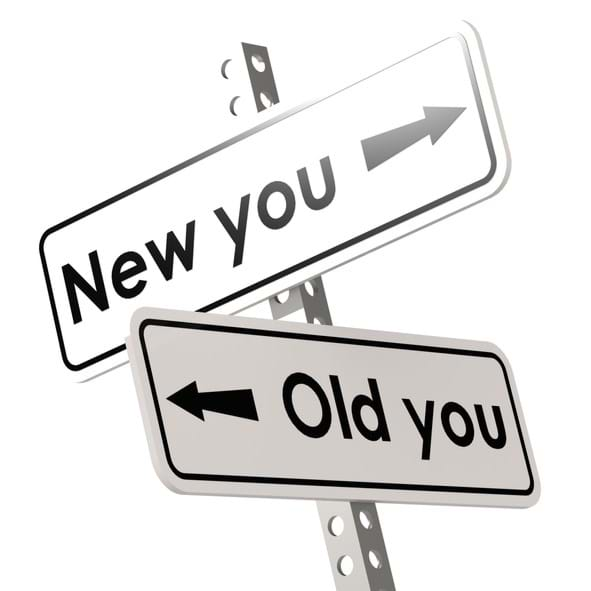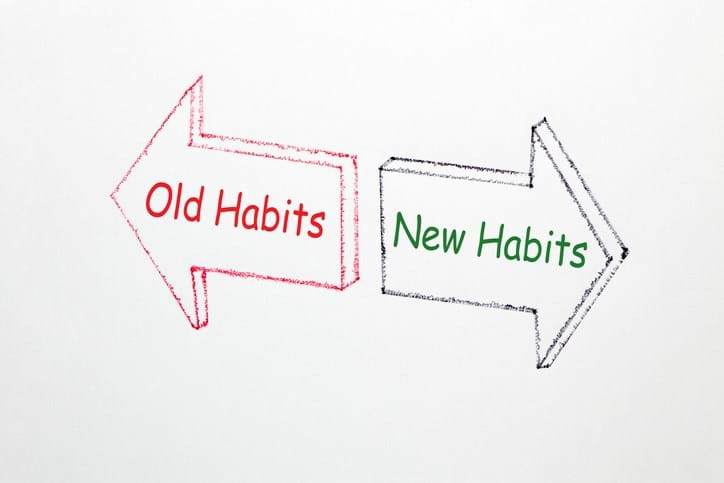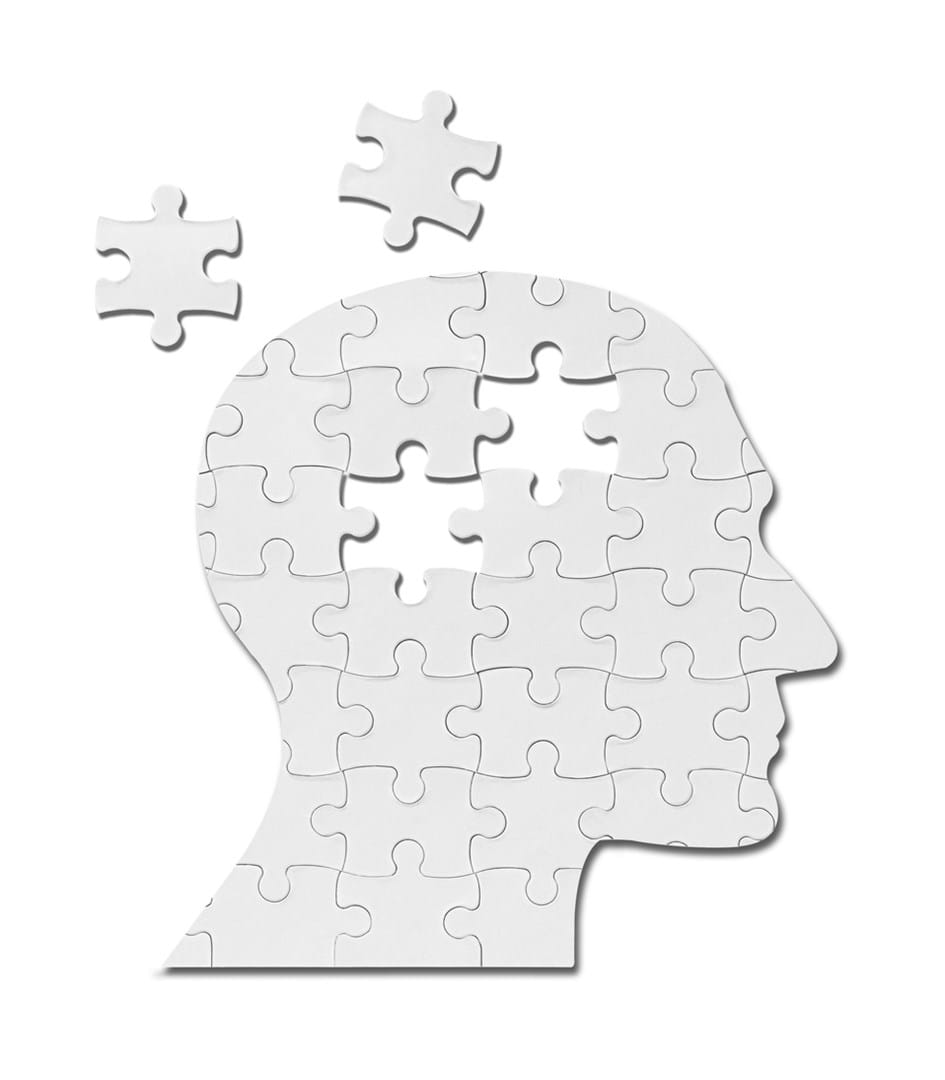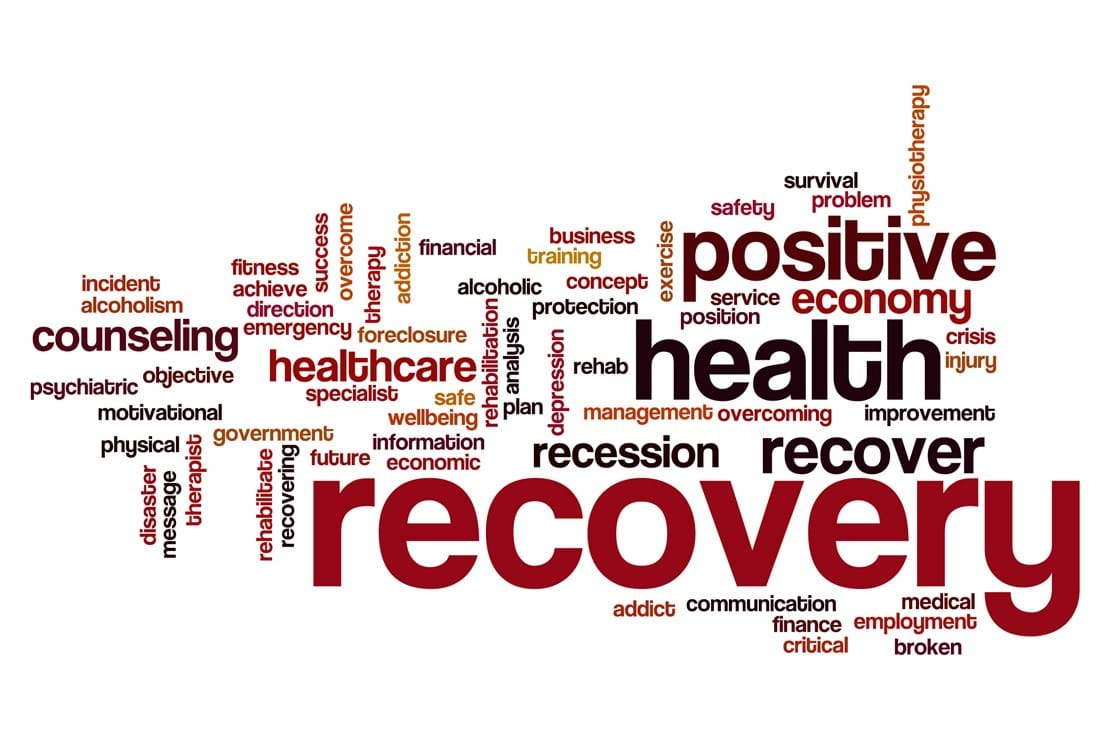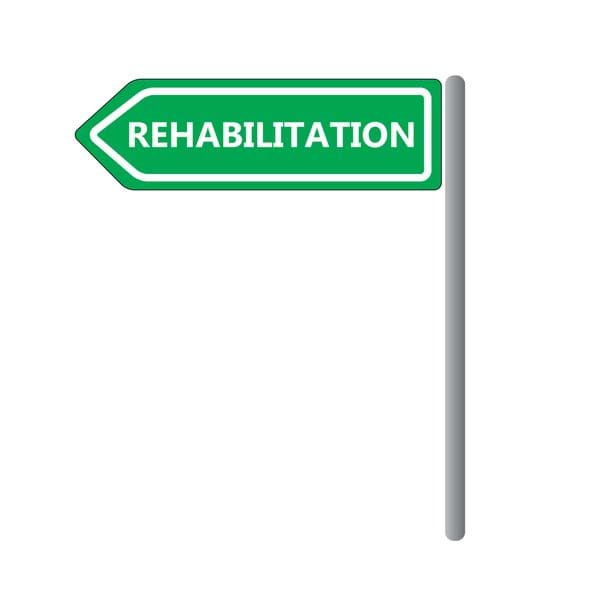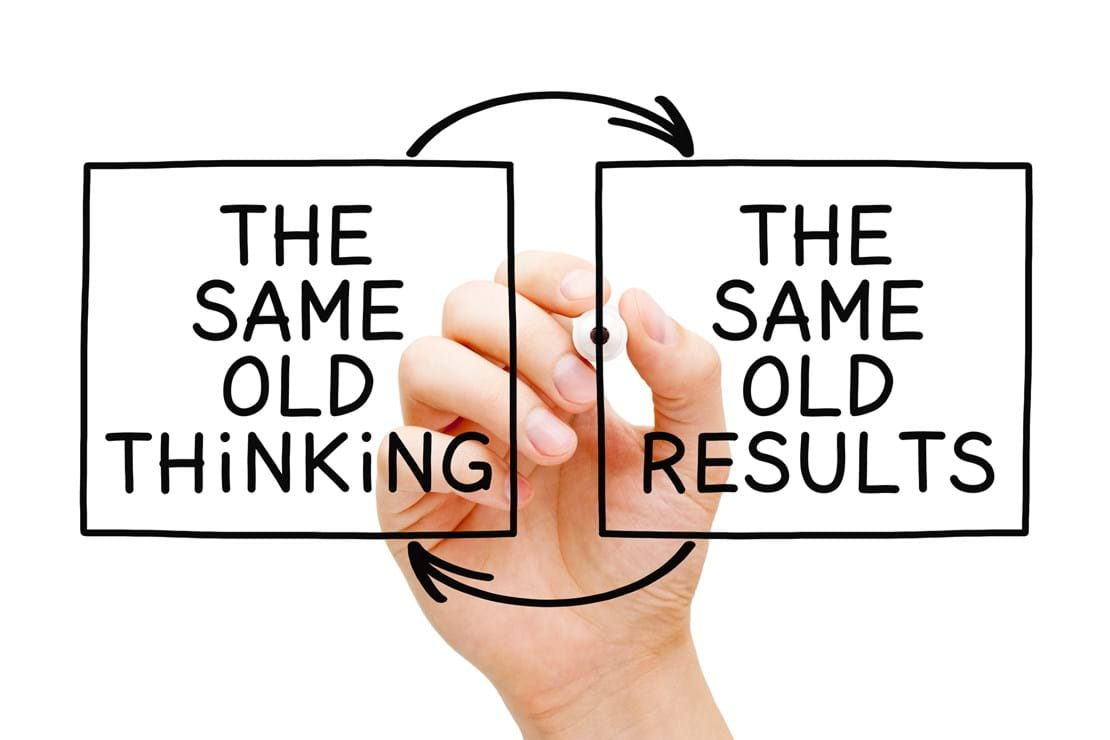My experience of Rehab
What is Rehab?
Addiction does not only cause harm to the physical organs; it also leads to a wide range of emotional and psychological instability. Therefore, intensive treatments/therapies are needed to help such individuals recover. All the treatments or routines the individual undergoes throughout this period are classified as Rehabilitation.
During Rehabilitation, the patients (those who suffer from addiction) are usually "re-oriented" and supported in various ways. It also caters to different causes of addiction (alcoholism, drugs, gambling, and co.)
So, whether it is for you or a loved one, rehab is the best and most comfortable opportunity for easy recovery.
How long does rehab take?
Depending on the level of addiction, complication, and health of the individual, the rehabilitation period can vary. Also, the type of program affects the duration of the rehab. It can last anywhere between 28 days and six weeks.
Who can go to rehab?
Rehab is not limited to any gender, age, social status, and co. Recent surveys confirm that teenagers admit to taking cannabis at one point. And many others admit to abusing solid pharmaceuticals.
They should be encouraged if a person feels it necessary to go to rehab, especially when he struggles with addiction.
What are models of rehab available?
Almost all groups claim their approach to treating addictions. Most of them follow strict structures compared to others. They include;
- 12 step model
- Therapeutic community
- Christain Philosophy/Faith-based
- Eclectic/Integrated
- Cognitive Behavioral Therapy (CBT) and social learning
- Personal and Skill Learning.
What are the rehab routines/procedures?
On the road to recovery, there are many crucial procedures/steps the individual will undergo
- Detox and withdrawal
Most drugs can ultimately damage many organs in the body. This step involves purging the body of the drugs. However, the process is a cautious but meticulous one. This process begins the physical recovery.
- Therapy/Orientation
Behavioural patterns differ from person to person, and they define a person. Here, the patient undergoes sessions, lessons, and activities that help them "reshape" their behaviour. Also, therapy helps the patient to see the dangers of their addiction. It also helps them seek means to prevent a relapse.
- Reintegration
it is officially the last stage of the rehab process. Here, patients are prepared to live in society again. They learn new skills (interpersonal, social, emotional, physical) and other hobbies. Also, they are assessed through different sessions. Patients could often be asked to make intermittent visits or join social groups.
Forms of rehab
Although most rehab is done in rigid, structured, and separate environments, it can be as flexible as you wish.
- Inpatient rehab
This popular form of Rehabilitation involves the patients staying within the treatment centres. It usually consists of 4 and 5 weeks of intense and structured treatments.
- Outpatient Programs
Patients can schedule regular visits to the rehab clinic or facility. These days, most even enrol in online rehab and treatment.
- Residential treatment
Most times, the conditions might make the movement of the patients impractical. So, the patients receive all their treatments from home.
Wrapping Up
Rehab is the most crucial step on the journey to recovery. However, acceptance and support from family and loved ones are just as crucial. The individual must also work towards healing and life after rehab. With rehab and TLC, addiction struggles become an easy fix.









